|
William Carlos Williams' "The Red Wheelbarrow" is a cool little poem to visually brainstorm with a visible thinking activity like sketchnoting. What's even cooler is to get a whole class engaged in putting together their own sketchnotes on the same poem and then taking a look at the final results, either with an installation that's spread across the classroom bulletin boards, a repository of the scanned doodles saved as a Google doc, or the completed sketchnotes tweeted out for all to see. Williams was influenced by so many different developments that were happening not just in American poetry but throughout the visual and performing arts. Looking at what he, Stevens, cummings, H.D., and Stein were doing in those first three decades of the 20th-century shows just how impactful someone like Pablo Picasso was on the development of their writing. One has no idea what someone like William Carlos Williams would have thought about visual brainstorming, visible thinking, or sketchnotes, but something tells me that he and others like him would have been rather fond of the practice! If you enjoyed this little post, you might also enjoy:
0 Comments
Although away on a short hiatus for a couple of days, I still got up to some doodling -- this time about a subject I know pretty well: the history of chess in literature. This visible thinking sketchnote is actually pretty linear, moving from the centre down the right hand side of the page, and then hanging around the bottom before it moves upward. Of course, it can be read in any different number of ways, but the way I've suggested allows the reader / viewer to trace the historical progression. The study of games in literature is known as the field of ludology, which served as the focus of my Ph.D. I think visible thinking and sketchnoting are pretty natural for someone who looks at games, play, and sport under the larger umbrella of motif studies. It's an area in which constantly drawing rich connections is vitally important. Hope you're enjoying the Visible Thinking Project, and let me know if you'd like your own work featured on the site! If you enjoyed this little post, you might also enjoy:
My first graphic novel, Fire Mountain, has a kind of a neat story that goes along with it. While homeschooling our son, Will, we found that he had developed a pretty strong fascination with ancient Rome, and more specifically, the destruction of Pompeii by Mount Vesuvius in 79 CE.
Well, lo and behold, the Canadian Museum of History in Ottawa/Hull just happened to be having an exhibition of the plaster casts made by Giuseppe Fiorelli who, in 1863, discovered that air pockets left in the layer of ash covering Pompeii were left by decomposed bodies. This encouraged him to inject plaster into the voids and recreate the death throes of those who perished when Vesuvius erupted. There was no question about whether or not we were going to see the casts. When a child is being homeschooled and the very thing he loves to read about is going to be on display in a museum, you really have to get to that museum even if it hadn't originally been in the holiday forecast. At the museum, our son was in his element, not only in going from room to room examining the artifacts, but in finding this little gem of a DVD, Pompeii: The Last Day, that he absolutely couldn't get enough of:
When we got back from our trip, he couldn't stop drawing temples and ruins and gladiators and just about everything else "Ancient Roman" he could draw. The whole time he was telling me that I should write a book about Pompeii and that he'd draw the pictures.
As luck would have it, I was asked shortly after our return to write for a new series of graphic novels called Timeline produced by Rubicon Publishing in Oakville for Scholastic Canada. I already knew the title of the first book I would write and I also knew a certain eight-year old that would be drawing up a storm when he knew what I'd be doing. The book became Fire Mountain, and was illustrated by Liam Thurston for Rubicon/Scholastic. It shows, I think, how a young child can be genuinely inspired when homeschooling allows for genuine, self-directed learning, and how the child's excitement about his own learning experiences can subsequently inspire others around him.
Well, in honour of 3/14/15, I thought I'd put together a neat little visible thinking example that celebrates that most irrational of numbers, pi. Despite being an English type, I initially cut my postsecondary teeth in the Faculty of Science at McMaster University in Hamilton. If I could have taken only courses in solving mathematical word problems, I would have become a mathematician, but alas, they do other things in the faculty. Like the Fibonaaci sequence, pi has always been a source of fascination with me, so I thought I'd share a little bit of that with you since I won't have a chance to until next century rolls around. It's only fitting, I think, to call this the 3.1415.th post of the Visible Thinking Project. In several future posts, I plan on returning to a mathematical theme. But hey, if you have some cool examples of visible thinking that you'd like to see published on Comics in Education as part of the Visible Thinking Project, please make sure to send them our way! If you enjoyed this article then you might also enjoy... Building Literacy through Comics
3/12/2015
UK's Newest Literacy Charity
If you're looking for a charity to support literacy and a lifelong love of reading, you need look no further than CLAw (the Comics Literacy Awareness organization):
Comics Literacy Awareness (CLAw) is an exciting new literacy charity formed by a group of passionate and highly experienced trustees from the fields of education and comics.
If you'd like to help the organization, there's a way to do so. CLAw is now accepting support through its UK website. Here's an update from CLAw trustee, Paul Register:
Comics Literacy Awareness now has a special section on the website for people wanting to make donations to help us with our mission. Any size gift would be gratefully accepted and will help us in our efforts to increase the literacy levels of UK children through the medium of comics and graphic novels. We're going to need a lot of funds over the next few years and this is where it starts.
With an awesome group of trustees, a links page, and an overview of the Stan Lee Excelsior Award (you can check out our article from last year on this cool program), what's not to love?
This is, quite simply, a literacy organization you should support... "Nuff said!"
If you enjoyed this article then you might also enjoy:
Visible thinking and visual brainstorming are great activities for literary onomastics, the study of names and naming in literature. I've done a bit of this before, specifically for Robert Louis Stevenson's The Strange Case of Dr. Jekyll and Mr. Hyde: Have a look at what can be done with Pip Pirrip's name in Charles Dickens' Great Expectations. And as I mention at the bottom of the visible thinking exercise above, this is really just getting things started. Indeed, using visible thinking in connection with the study of onomastics can yield some really special insights. All you really need is pen, paper, and a dictionary! If you want a good one to tackle using visible thinking and visual brainstorming to look at names, try F. Scott Fitzgerald's The Great Gatsby. Make sure you have a couple of pieces of paper, though. That one is a doozy! If you liked this short article, you might also like:
An Exercise in Visible Thinking Lunacy My goal with the Visible Thinking Project is to generate 365 scribbles, doodles, or other visual brainstorms at the rate of one per day for the next 365 days. Sometimes, I hope to post more than one a day and other times I'll be resting. My goal in undertaking this is to help those who find the site's resources useful and to thank users for a great first year here at Comics in Education. So, for the first visible thinking post of the series, I thought I'd go old school... I won't comment too much on these doodles. This one helped me to clarify some of the connections between Hamlet's "To be or not to be" and Iago's "I am not what I am." The weird connection begins with them sharing the curious literary device of epanalepsis, and then things just get weirder from there. Anyway, I hope you enjoy these exercises in visible thinking throughout the next year. Better yet, I hope you'll submit some of your own that we can feature on the site. If you have something you'd like to share, get in touch with us through our contact page. We'd be happy to share it! See you in a year! If you enjoyed this post, you might also enjoy:
Why Read Comic Books?
3/10/2015
When I was about 10 or 11 years old I can remember going to my school library and taking out a copy of Encyclopedia Brown: Boy Detective for about the sixth or seventh time. I can remember the librarian telling me that I was very good reader and that I should challenge myself with some more difficult books rather than the assortment of mystery stories and Choose Your Own Adventure books that I was voraciously reading. When I give talks at conferences, I often share with my audiences my most distinct memory of this incident, and I think it's this memory that most profoundly shaped who I became as a reader and academic. I remember thinking that the librarian was giving me terrible advice. Even at a young age I knew that the secret to having a lifelong love of reading was to read books that I loved. How else was I supposed to do it? Besides, my parents encouraged me to read whatever I wanted and there was no way the librarian was going to know better than them, right? I mean, I loved Encyclopedia Brown and Trixie Belden and Fighting Fantasy gamebooks and Dungeons and Dragons manuals, and so it was impossible for me not to also love comics. Now, I'm sure at a tender young age I could have read Poe and Hawthorne and Dickens and Austen, but I sure as hell wasn't going to read any of that when I had Tomb of Horrors or the final issue of Omega the Unknown to get to. I'm sorry, but the classics would have to wait. And as it turned out, my formative reading experiences didn't compromise my learning and I didn't leave reading behind once I "grew out" of the books I was devouring. Instead, I just grew into other books when fancy struck me, which was a bit later than it is for most. And I still continued to enjoy mystery novels and comic books and adventure stories and fantasy role-playing games even as I was tearing through The Divine Comedy and Martin Chuzzlewit. And then I proceeded to do a B.A., M.A., and Ph.D. in English literature, and a B.Ed. in English and Mathematics education. I wrote my dissertation on Anne Bronte, Thomas Hardy, and Lewis Carroll, published papers in academic journals in the field of game studies, and undertook a career in education. Since then, I've worked as an editor, reviewer, and consultant, and written nearly 100 books for children and young adults, many of which have been part of award-winning series. So why read comic books? Well, I guess it's so that when someone tells you that you should be challenging yourself, you can tell them that they're an idiot and don't know what they're talking about... Or you can just think it, like I did.
Much more than a series of lessons... A lot of educators have approached me asking about how I teach Art Spiegelman's Maus. I've considered putting together a conventional unit plan, but I've always resisted, in part because I don't feel that the graphic novel is best served by taking a conventional approach. If we are to produce students that can go beyond "receiving" meaning and indeed can learn to "make" it, then something else is needed. Enter Maus: An Inquiry-Based Unit Plan in 5 Lessons. You might initially think that five lessons means five classes, but there is no limitation on how much or how little time is spent on the five areas of investigation that the unit plan highlights. And as I said earlier, calling it a unit plan undervalues it I think. It's a way of approaching Maus that forces the student to inquire in a profound way--to ask deep questions about the Holocaust, literary biography, guilt, memory, the history and tradition of visual narrative, racism, genocide, and Maus's place as a work of literature. Here's what I mean by different: Each of the five lessons has relevant questions that teachers and students ask as they make their way in a clockwise fashion beginning at the top. But as for where your lesson can go, the unit plan is designed to allow it to go wherever you like. How much time you allow students to investigate Art Spiegelman (as a writer, artist, chronicler of his father's experience, etc.) or Vladek (as a Holocaust survivor, husband, father, etc.) is entirely up to you. The power of this plan, then, is that it doesn't limit you in any way and encourages students to inquire without restrictions. This is not a series of traditional lesson plans with an assessment at the end. This is a series of crazy, cool, provocative questions and insights that hopes to inspire you to build powerful inquirers in your students. The unit plan is currently available in our store, and is loaded with ideas that can serve as jumping off points. There is no attempt in this six page pdf to be exhaustive, and yet the possibilities that it opens up for studying Maus will allow you to take as much time as possible covering the unit. For a limited time, get 60 Blackline Masters of comic book pages with unique panel arrangements with the Maus Unit Plan!
Those looking for a Kickstarter to support, you have just enough time to back Curls: The Ultimate Book Collection. The brainchild of Carolyn Belefski, this collection brings together comic strips "about adventurous situations in Curls's everyday life with a gang of animal friends and a life-sized piece of toast. Here's the video currently running on Kickstarter: Here's how Belefski describes the project: Curls is a comic strip written and drawn by Carolyn Belefski featuring a gal named Curls who dreams of adventurous situations that come to play in real-life with a gang of her animal friends and a giant piece of toast. The purpose of this Kickstarter is to collect every strip into a book which will allow readers to see the evolution of Curls—from a university newspaper to an award-nominated comic strip. The book will also include never-before-seen extras, including sketches and behind-the-scenes glimpses of the creation process. Although Belefski's project has gotten a lot of early support on Kickstarter--and love from Kickstarter staff to boot--she needs your support in the final stages of her campaign. So click the image at the top of this post to find out more about the project, and click the button below to go directly to the support page!
Make Your Classroom a Place Steve Would Be Proud Of! With the interest expressed in our Literary Terms posters inspired by pulp comics, the Comics in Education Store has put together a set of nine Parts of Speech posters featuring the world of Minecraft. Using hilarious examples and containing simple definitions and explanations, these posters are perfect for a junior, middle, or even high school classroom. They are Tablet-Sized (11x17") and sure to draw the interest of students who like their grammar with a dose of Minecraft.
The pedagogical value of the game has been recognized recently in courses like math and science, but why shouldn't it help students learn the fundamental building blocks of the English language? Check out our Parts of Speech posters today in our store!
Decorate Your Classroom with Posters that Rock! Now available in the Comics in Education Store are these bad boys: Literary Terms posters inspired by comics from the 1930s, 40s, and 50s! The posters are Tabloid-sized (11x17") and feature a literary term, its definition, its use in a pulp comic panel, and a brief explanation of how the literary device works!
It's clear that in recent years, comics and graphic novels have been used with great success in the classroom in order to inspire reluctant readers, but here they make a great addition to a poster that your students might otherwise pass by. Check them out today in our store!
The most vital part of the graphic novel - what sets it apart from standard literary novels - is its ability to construct a narrative with both words and images. In a graphic novel, the process of choosing the specific images, scenes, and panel arrangements to tell the story is called encapsulation. Unlike movies, which are continuous, a comic must choose specific moments to present, and must thus ensure that they add significant depth and meaning to the story. In Marjane Satrapi’s Persepolis, difficult topics like revolution, war, and torture must be addressed with poise, but also must be drawn in such a manner that readers will be affected by them. For example, in the accompanying image from the first book, Satrapi chose to use five specific images in order to illustrate her first experience of what becomes a violent confrontation. The encapsulation of this scene involves five very different images which, taken together, provide the reader with a powerful example of visual storytelling. A tableaux in the third panel showing Marji’s mother in a revolutionary stance shows how Satrapi viewed her: as a powerful figure. In the next panel, a contrast made between Marji, wearing a smile dressed in white, and the angry protesters in black intensifies her innocence and isolation from the crowd. The fifth panel on the page is an action shot of men beating the protesters with bats and a speech balloon saying “The scarf or a beating,” indicating how quickly the protesters come under attack. WIthout the encapsulation of these specific images, the sentence, “So I went with them, I passed out flyers… when suddenly things got nasty,” leaves no lasting impression on the reader. Only with the particular encapsulation Satrapi employs is meaning driven home. If you wish to cite the above article, please use the following citation: Wolfe, Talia. "Encapsulating the Moment in Marjane Satrapi's Persepolis." Comics in Education, 01 March 2015. Web If you enjoyed this article you might also enjoy... |
Glen DowneyDr. Glen Downey is an award-winning children's author, educator, and academic from Oakville, Ontario. He works as a children's writer for Rubicon Publishing, a reviewer for PW Comics World, an editor for the Sequart Organization, and serves as the Chair of English and Drama at The York School in Toronto. If you've found this site useful and would like to donate to Comics in Education, we'd really appreciate the support!
Archives
February 2019
|

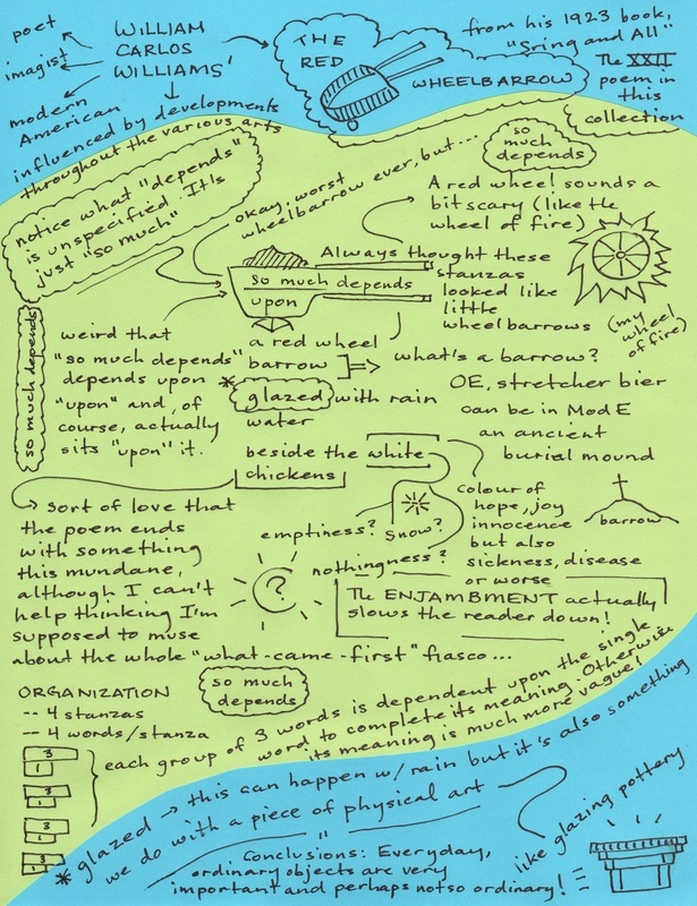
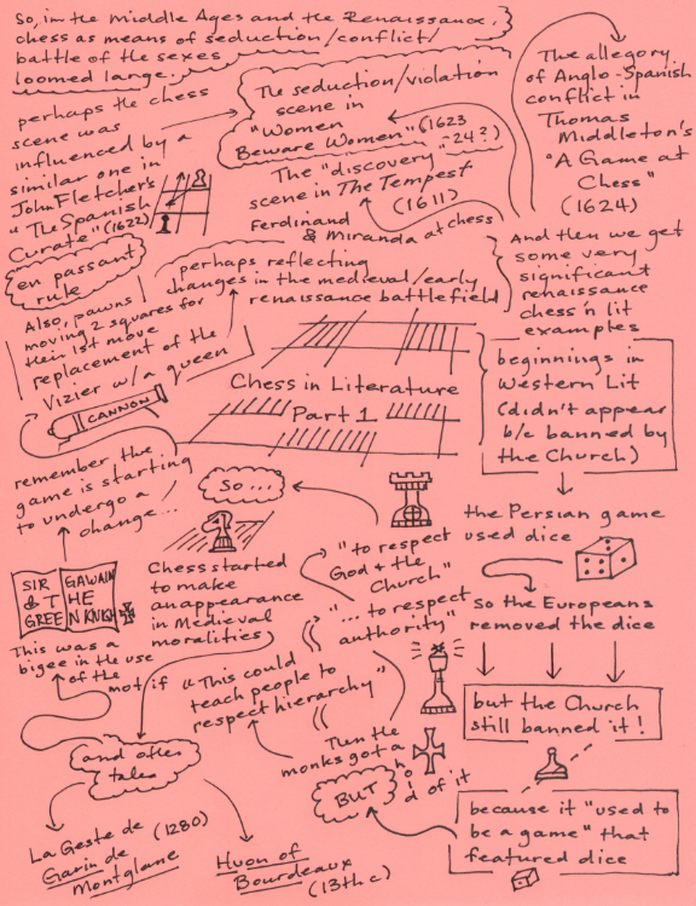
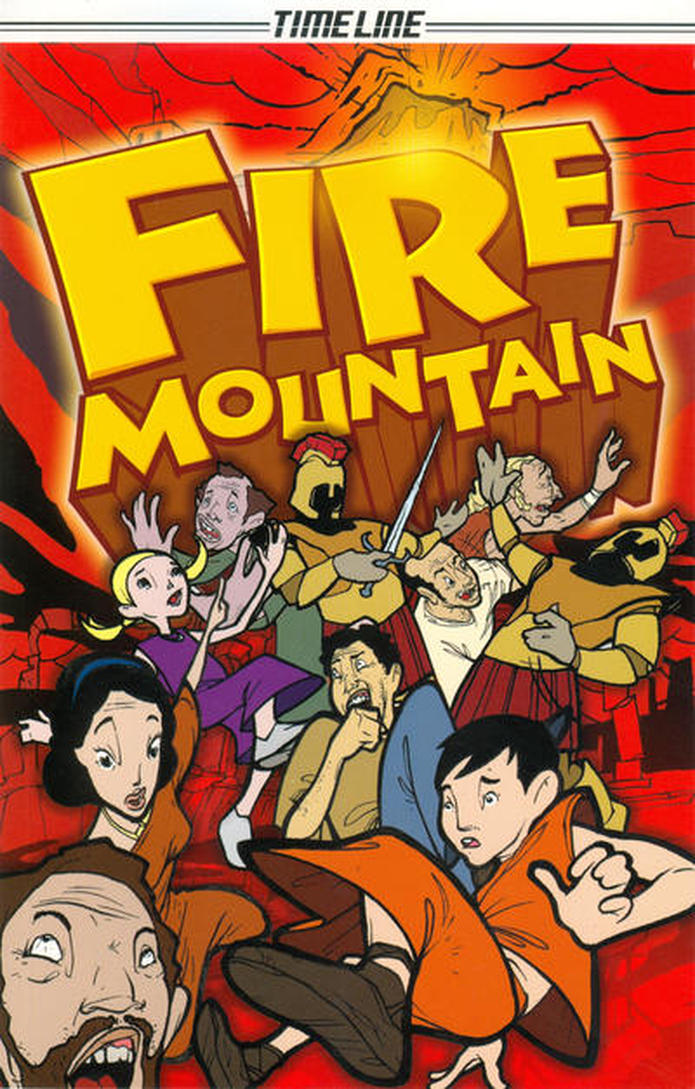

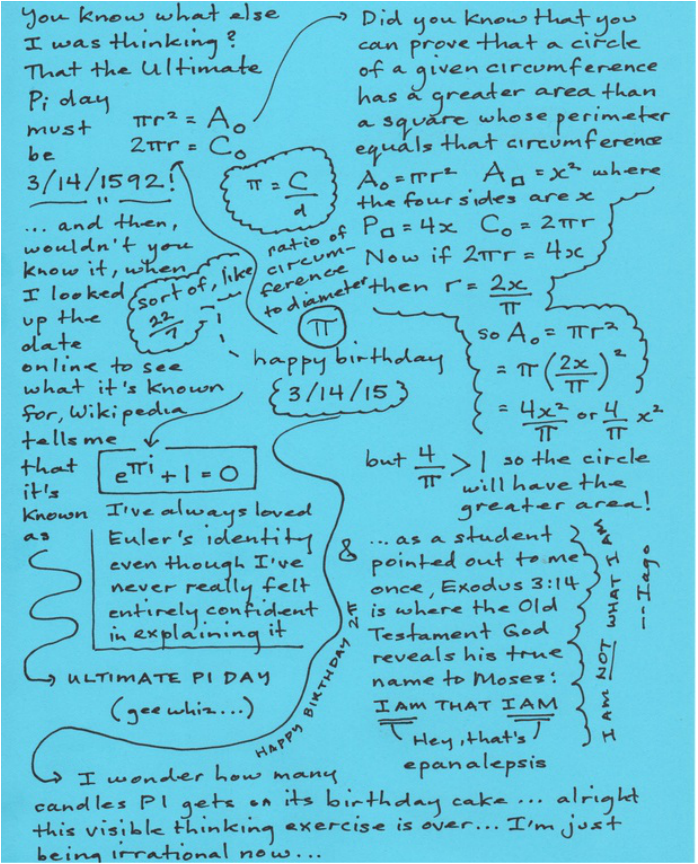


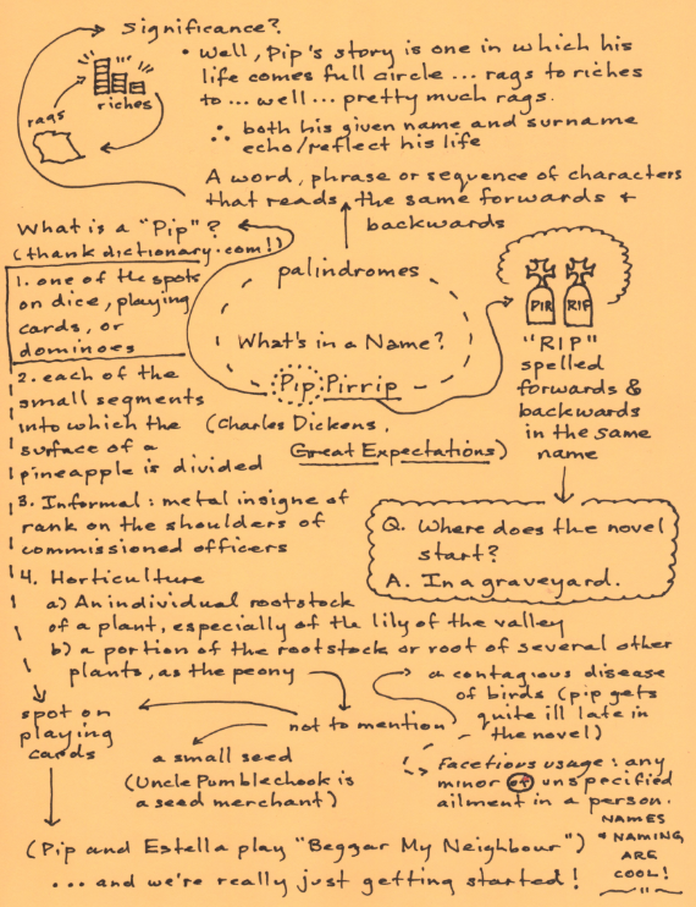
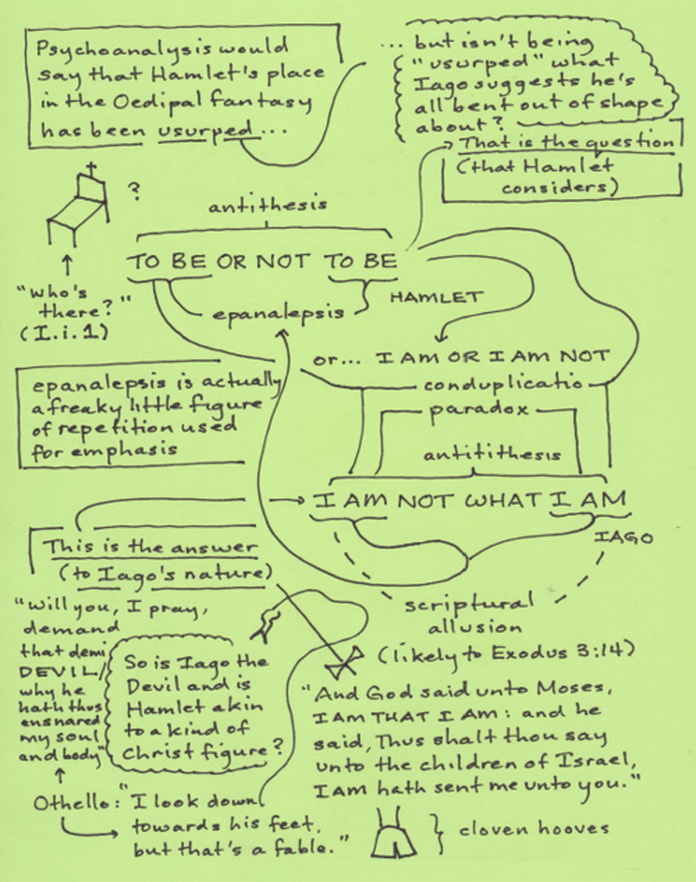
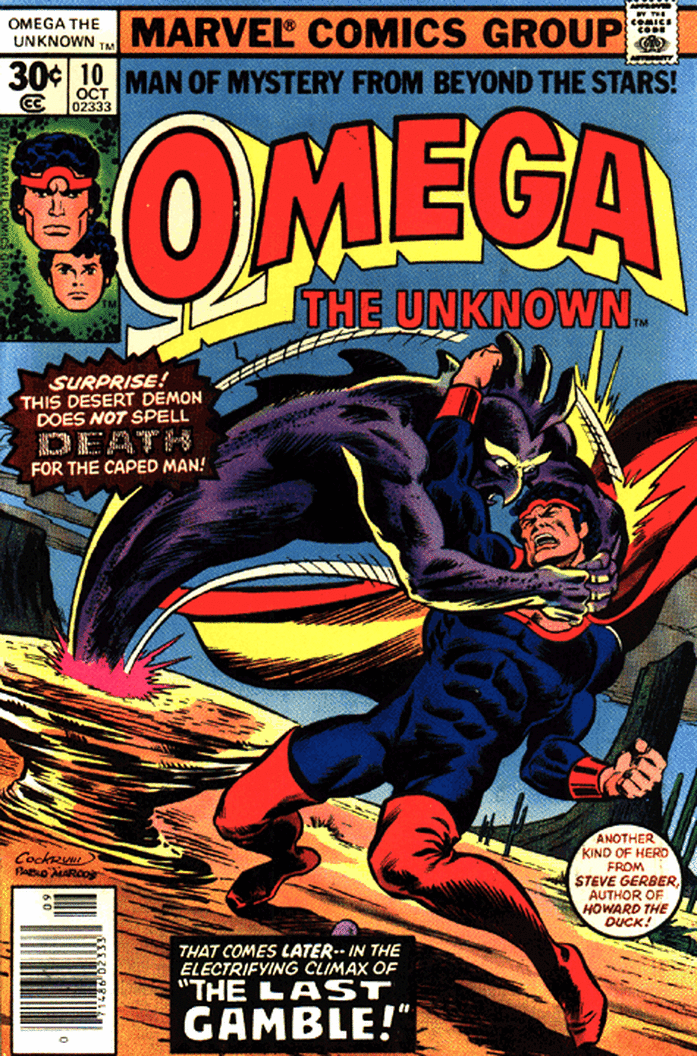

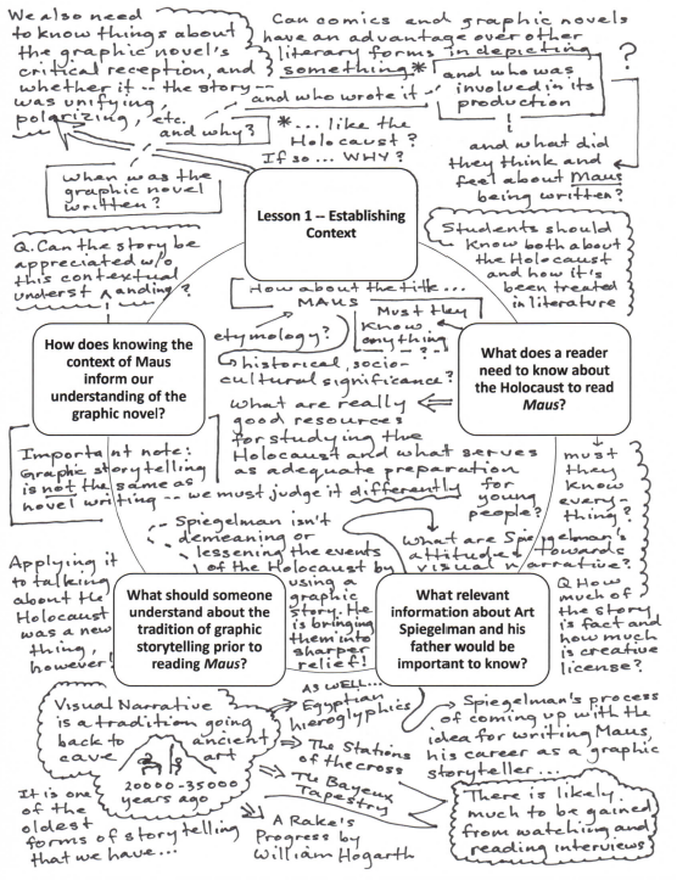
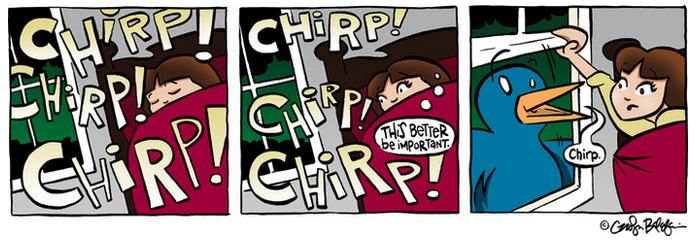
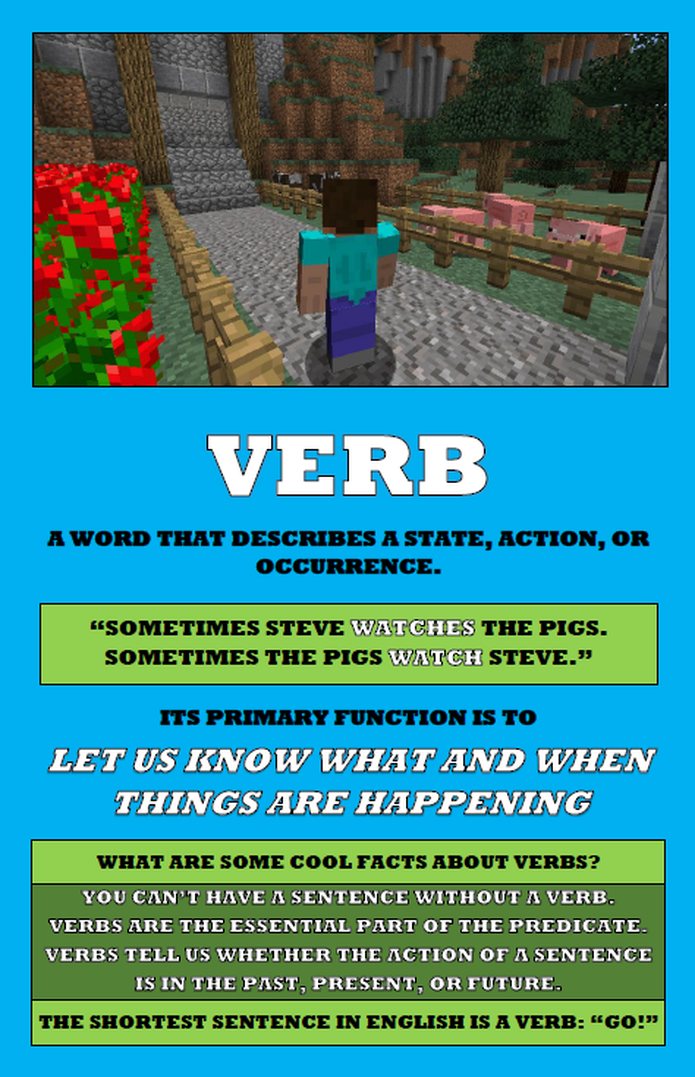
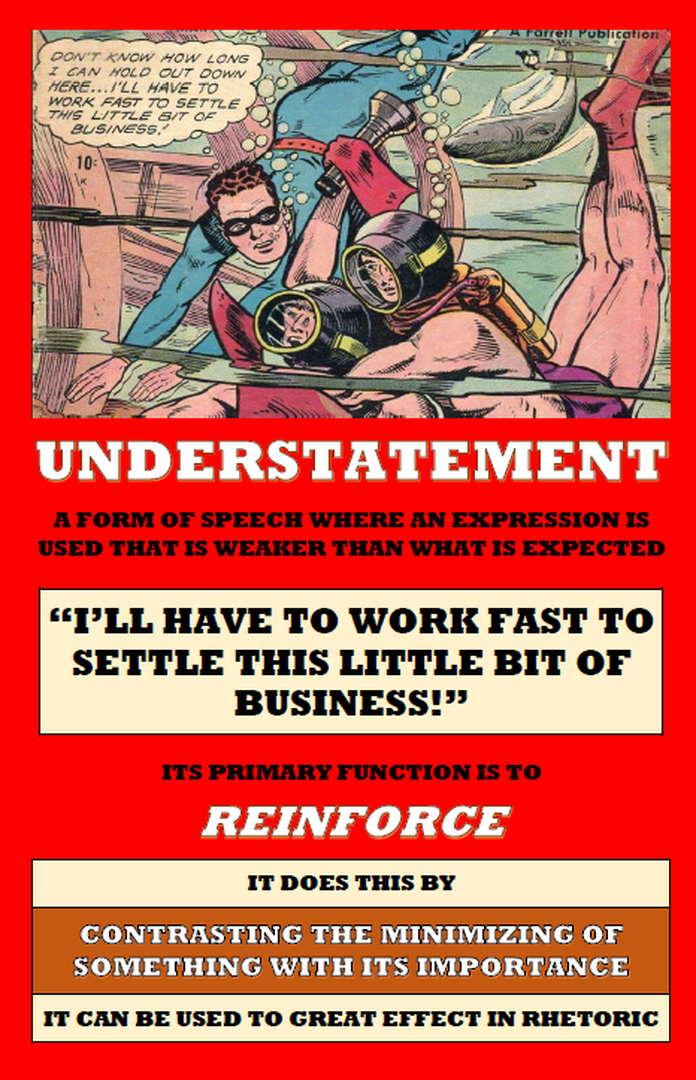
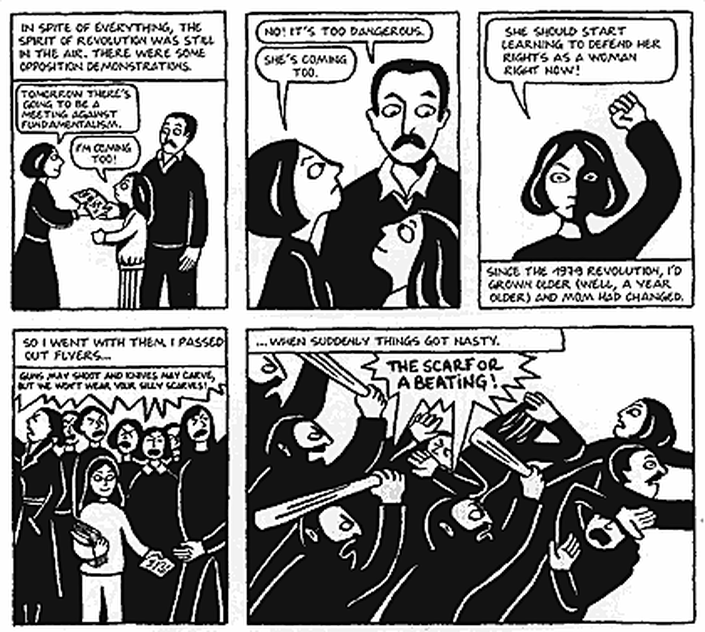

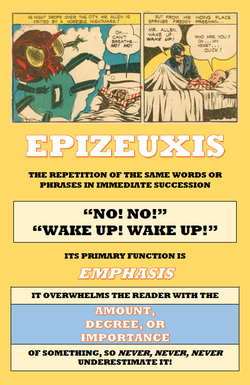
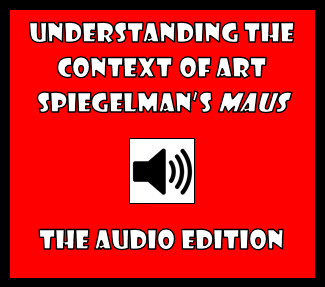
 RSS Feed
RSS Feed
